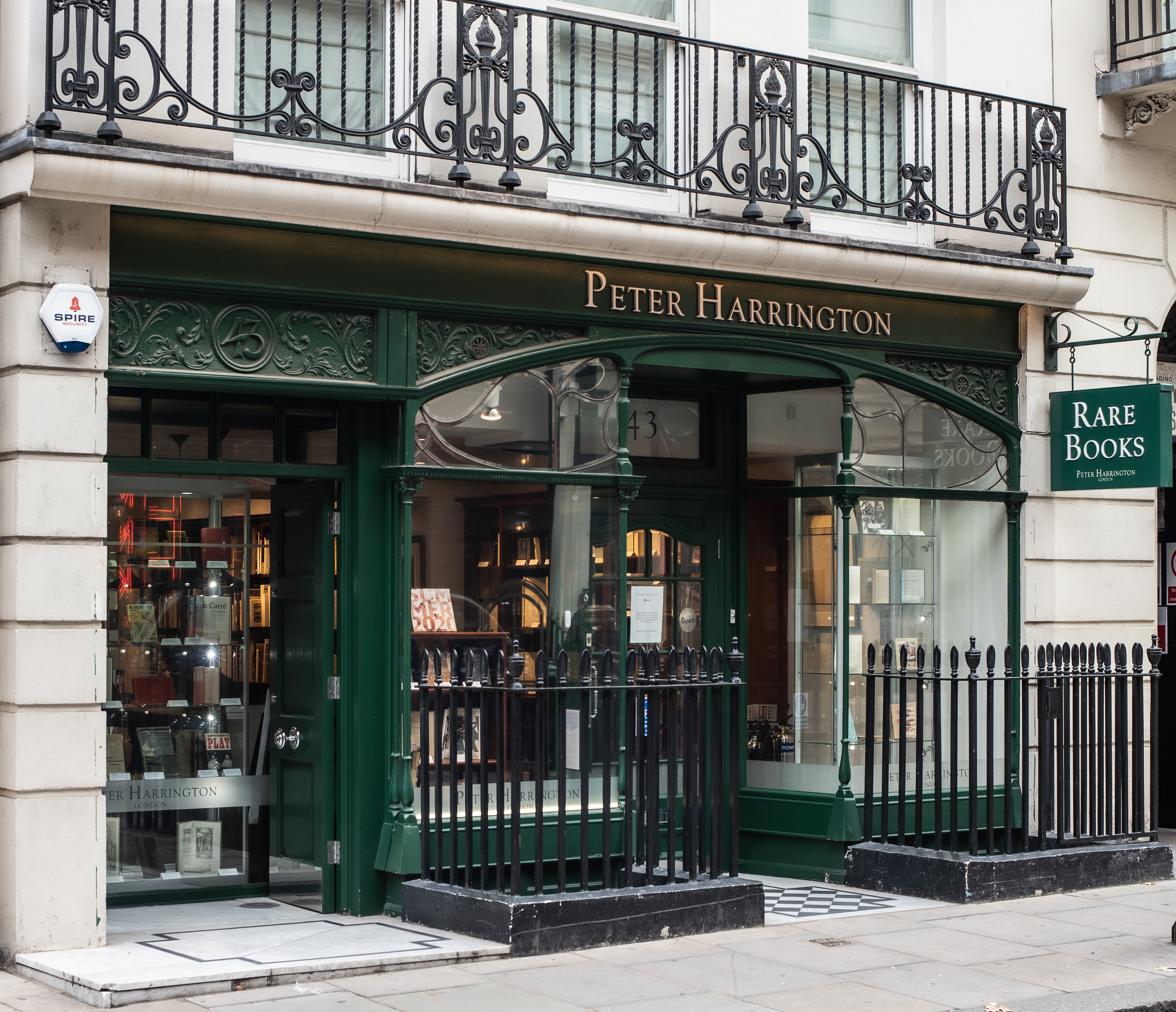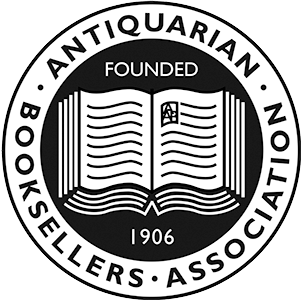Augsburg: printed by Johann Schönig at the expense of Theophil Goebel,, 1676. A landmark of 17th-century print First and only edition of the first published facsimile of an Arabic-script manuscript, with its visually arresting reproductions of astronomical diagrams and tables. The work revolves around a 16-leaf reproduction of an Ottoman Turkish commentary on a perpetual calendar that is now commonly ascribed to the famous medieval astronomer Abu'l-Wafa' Buzjani (940-998 CE). The engravings were made by Melchior Haffner (1623-1685), a celebrated printmaker of the city of Ulm. The facsimile is accompanied by an extensive Latin study written by Georg Hieronymus Welsch (1624-1677), discussing Islamic astronomy and early modern scholarship about it by notable orientalists. A further six plates comprise diagrams of an astrolabe, the Celestial sphere and the Julian calendar, a table listing the conjunction of months and constellations, and a further table supplying the months of the year in South Arabian, Coptic, Persian, Latin, Greek, Armenian, and Georgian. A contemporary of the great polymath al-Biruni, with whom he collaborated, Abu'l-Wafa' al-Buzjani gained renown at the 'Abbasid court of Baghdad, becoming "the last great representative of the mathematics-astronomy school that arose [in that city] around the beginning of the ninth century" (DSB). Some of his writings, especially on algebra, have been lost; of his extant achievements, "especially imaginative was his work in plane and solid geometry, in computing sine-tables to an interval of 0;30°, and in simplifying the solution of problems in spherical trigonometry. In astronomy the new parameters established by his observations continued in use for centuries after his death" (Pingree). The Ottoman text of the Ruzname itself attributes the work not to al-Buzjani but rather to eyh Vefa (d. 1490 CE), a celebrated saint of the early Ottoman era. This identification has been questioned by scholars including Franz Babinger, who stated in 1927 that the origin of the perpetual calendar had yet to be clarified (Babinger, p. 116). However, it is clear that the Ottoman commentary on the perpetual calendar which formed the basis of Welsch's work was written by a scholar named 'Ain-i 'Ali Mu'ezzinzade in the early seventeenth century (ibid., p. 141). Welsch (1624-1677), a German physician and Arabist, stood at the nexus of the intellectual life of western Europe in the mid-17th century, corresponding with Leibniz and supplying Arabic manuscripts to the theologian Johann Heinrich Hottinger. The Ruzname manuscript was also from his own collection, having entered it from the library of Christoph Weickmann (Christophorus Vueikmannus, 1617-1681), a notable patrician of Ulm who had a celebrated cabinet of curiosities from across Asia and Africa (Jones, p. 28). In addition to publishing the present work, in 1676 Welsch also brought out his Dream of Vindicianus, or Medical Desiderata, based on Leibniz's New Method of Teaching and Learning Jurisprudence. He had previously published a noted edition of Avicenna's Canon of Medicine. Small quarto (195 x 165 mm). Engraved frontispiece by Johann Georg Waldreich after Johann Heinrich Schoenfeld, incorporating an Arabic title and portraits of two Ottoman astronomers flanking a plinth topped by an armillary sphere, 22 engraved plates by Melchior Haffner, including 16 plates of manuscript facsimile within a floral border, woodcut head- and tailpieces and decorative initials. Bound in 18th-century marbled boards with spine and corners comprised of an old vellum manuscript (c. 16th-17th century, possibly of German origin), library label at foot of spine, edges sprinkled red. Housed in a black cloth flat-back box by the Chelsea Bindery. Vellum slightly soiled, minor stripping of paper on boards, small wormhole to front cover with neat surrounding repair, another neat repair to rear board, text block cracked but firm at gutter of frontispiece, slight ink stain to sig. )(2 offset to facing page. A remarkably clean copy with good margins. DSB I p. 39; Houzeau & Lancaster 1594-5; Schnurrer 465; not in Atabey, Blackmer, Diba, Ghani, or Wilson. Franz Babinger, Die Geschichtsschreiber der Osmanen und ihre Werke, 1927; David Pingree, "Abu'l Wafa Buzjani," Encyclopædia Iranica, vol. 1 fasc. 4, 1983, pp. 392-394; Adam Jones, "A Collection of African Art in Seventeenth-Century Germany: Christoph Weickmann's 'Kunst- und Naturkammer'", African Arts vol. 27, no. 2, April 1994, pp. 28-43 & 92-94.





















